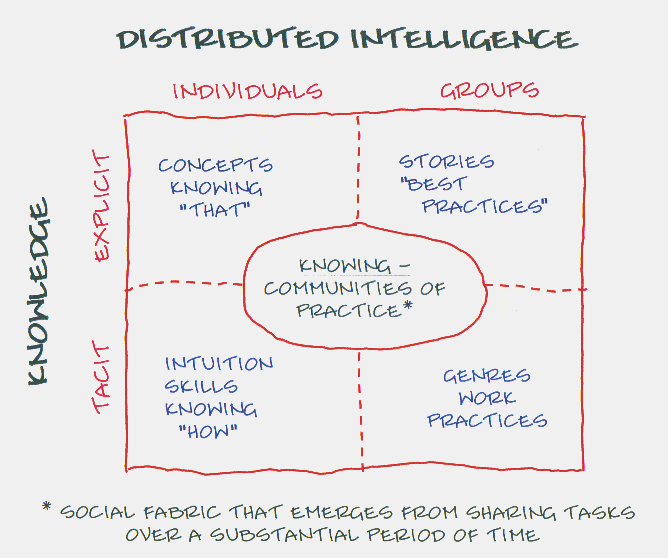People often ask me why I always refer to ‘Learning’ instead of ‘Training’ when we discuss the Organizational Change Management portfolio. That is because 99% of what ‘Learning’ really is occurs outside of the classroom.
In a previous article on Miffy I have argued that training alone is not enough in order to make an organizational change happen. At the very best it is a starting point. From there on you will need to coach your way to the future state.
Teaching is Placebo
Any healthy person holding an MBA degree will wonder:
If 99% of the learning return occurs outside of the classroom, then why are we investing such a large amount of time, money and manpower into classroom training?
That is because classroom training is mainly an investment in attention and the effect on learning is accidental rather than linear, just like the Hawthorne effect.
I am convinced that in large scale organizational change programs the strategy and advertising around and about the classroom trainings is at least as important as the content taught. Most of the times a classroom training is the first tangible contact with the future state for the target audience.
Anthropologically speaking, the classroom training serves as a ritual in which participants allow learning to start (and implicitly ‘not to learn’ before that event takes place). Mentally speaking, the participants flip their learning switch ‘on’. In medical terms we would rather call this a placebo effect: a treatment with (almost) no therapeutic activity for the condition but which has a healing effect nevertheless.
We could have endless discussions on the cause-and-effect of classroom training on learning but the evidence is clear: classroom training is necessary to get people started but it is far from sufficient in order for people to be ‘ready’ because the major part of ‘knowing’ resides outside of the classroom. The drawing above depicts the view on ‘organizational knowing’ from John Seely Brown. You can easily see that classroom training at best accounts for the top left-hand corner.
Consequences for Organizational Change Management Practitioners
No matter how obvious this insight may seem there are serious consequences for the way you set up your activities as a change manager. Here are 5 TIB’s (*) in this regard:
1. Hire teachers with EQ, maturity and hands-on experience rather than IQ, technical seniority and expertise. Most of what the teachers will be confronted with is anxiety, anger, and cynism (i.e. hidden sadness). Technical expertise won’t get you very far in those circumstances. Listening skills, simplicity and a disciplined follow-up on the other hand will prove to be success factors. The primary job of a teacher is to make learning possible as soon as the participants leave the classroom.
2. Recruit teachers from your target audience, in other words: practice involvement. Both participants and teachers should be able to surf, link, lurk, watch and try to do some things of your organizational change program themselves. Previously I have argued that the deliverables of your project should be planned in such a way that people can participate and accelerate your project. Classroom training is a big deliverable on your path, so from this perspective home-grown teachers are always a bigger hit than smart consultants.
3. Build communities of knowledge and facilitate knowledge sharing. Knowing that 99% of the learning occurs outside of the classroom, it is worth investing in those 99%. This comes down to increasing your investment in local transition teams and a user friendly website of your project. You should also pay attention to events and workshops that allow change agents and key users of your project to share their learning so far.
4. Evaluate learning on all possible levels. Now that you know that learning occurs largely outside of the classroom you should not restrict the measurement of our return on investment to that very space and time. Basically this comes down to measuring Kirkpatrick’s four levels as far as you possibly can.
5. Allow people to localize your materials. Although I am a big fan of maintaining rigid guidelines and standards for the creation of materials, learning objects and templates, there is one thing I believe most: the execution of your change travels at the speed of making sense. That is: the more people are able to make sense of your materials by adding information and adapting your stuff, cutting and pasting, etc; the faster they will absorb the content.
So don’t get me wrong when I say that teaching is a placebo or a ritual; because as much as it fakes knowledge transfer, to the same extent it makes learning possible.
———————
(*) TIB = Things I Believe.




Pingback: Luc’s Thoughts on Organizational Change » Less Training, more Learning! (SOS VideoClass N°1)()
Pingback: Luc’s Thoughts on Organizational Change » The End of Teaching()
Pingback: Luc’s Thoughts on Organizational Change » Return-on-Training? Wrong Question!()